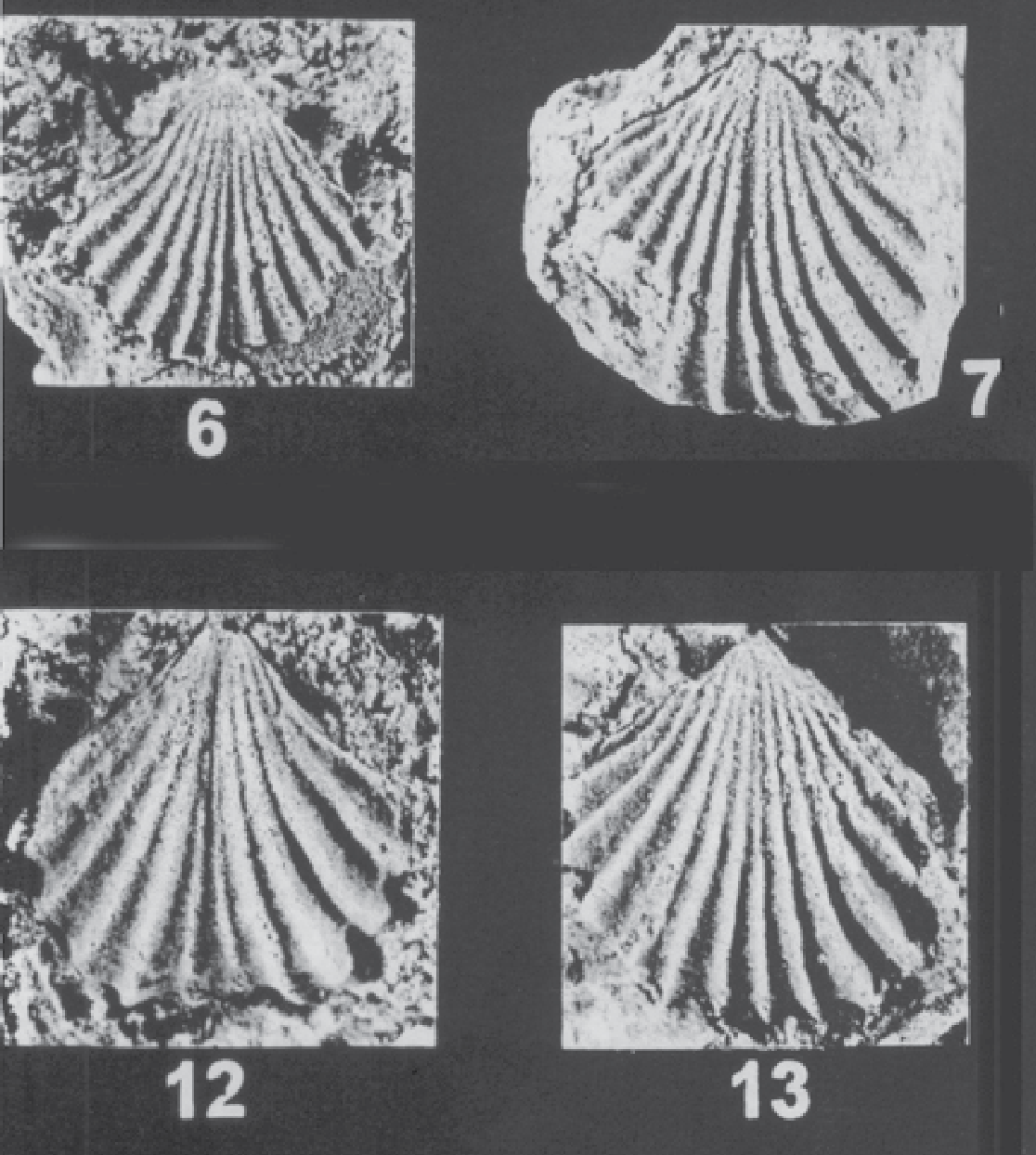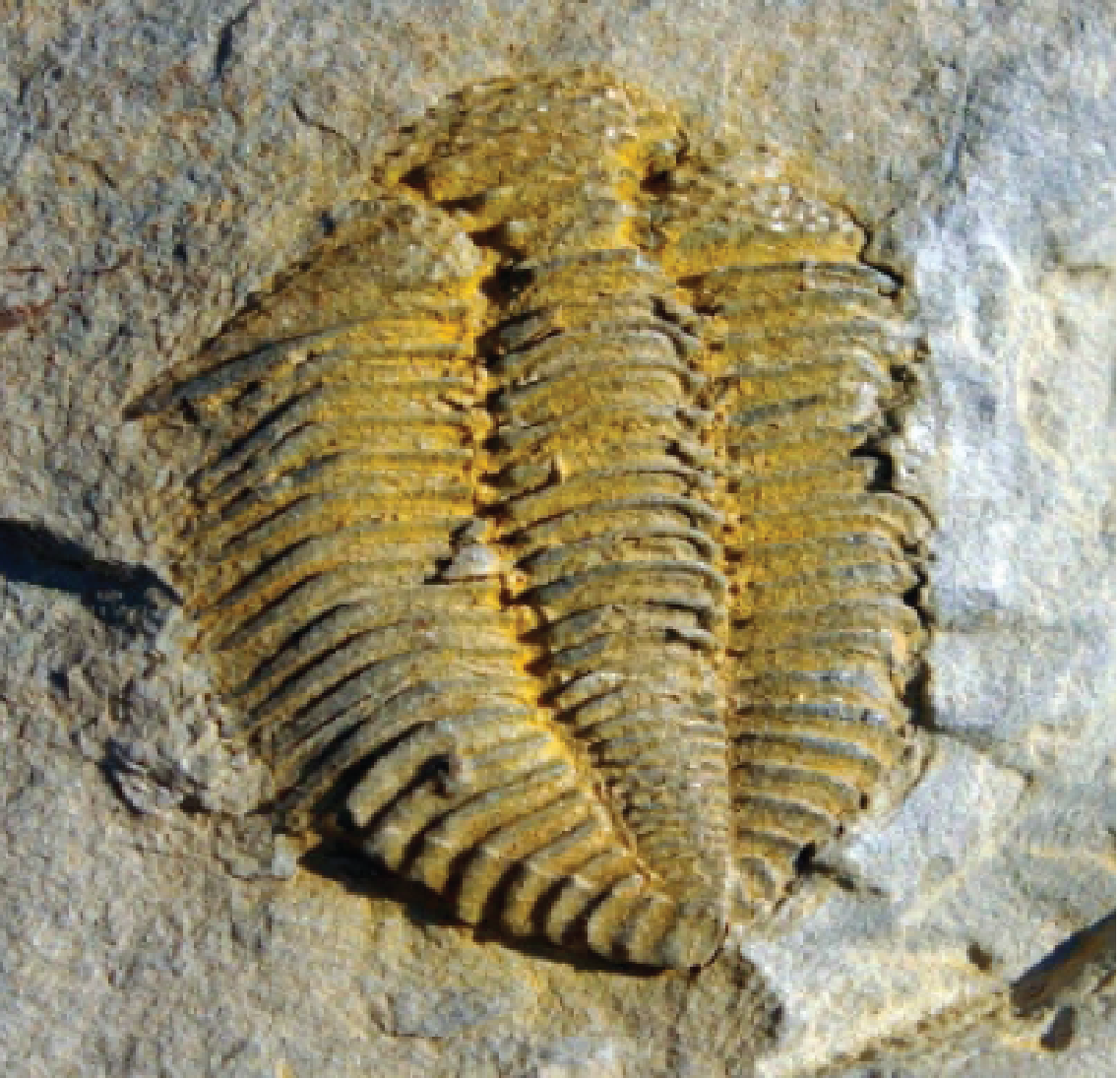Dai Giang Fm
Type Locality and Naming
Situated in the upper course of the Dai Giang River, Le Thuy area, Quang Binh Province (E= 17°15'; E= 106°28’). Marcichev A. M., Tran Due Luong (in Dovjikov A.E. et al. 1965).
Synonym: - Hệ tầng Đại Giang: Mareichev A.M. và Trần Đức Lương (Dovjikov A.E. et al 1965); Trần Đức Luơng 1975; Trần Văn Trị 1977; Nguyễn Xuân Dương và nnk 1977; Phạm Kim Ngân 1980; Nguyễn Quang Trung và nnk 1984; Tống Duy Thanh và nnk 1995 (S2-D1); Lương Hồng Hược 1985; Tống Duy Thanh, Nguyễn Đức Khoa, 2000 (S2). 114. - Dévonien supérieur: Hoffet J.H. 1933. - Các trầm lích Silur thượng'. Dương Xuân Hào, Nguyễn Thơm, Nguyễn Đức Khoa 1975
Lithology and Thickness
Siltstone, Sandstone, very coarse-grained sandstone. The stratotype occurring in the upper course of the Dai Giang River, has been redescribed in detail by Nguyen Xuan Duong as follows: (1). Pebble-bearing coarse sandstone, coarse-grained sandstone, grading upward into greenish-grey siltstone with interbeds of quartz sandstone, 105 m thick; pebbles consist of quartz, volcanics, quartzite and chert, of irregular size. (2). Ash-grey siltstone, 150 m thick; containing the crinoid Mediocrinus sp. (3). Siltstone interbedded with medium-grained sandstone, 120 m thick. (4). Clay-sericite schist grading upward into grey siltstone, 215 m thick. (5). Light grey sandstone with some interbeds of greenish-grey siltstone, 75 m thick; containing the brachiopod Retziella weberi and crinoids. (6). Calcareous siltstone, greenish-grey marl, 85 m thick. (7). Black-grey siltstone, grey marl, limestone lenses, 140 m thick. (8). Ash-grey siltstone interbedded with sandstone, marl and clayey shale, 180 m thick. (9). Siltstone with some interbeds of fine sandstone, 50 m thick; containing the brachiopod Retziella weberi. The total thickness of the formation in this section is 1000-1150 m.
Relationships and Distribution
Lower contact
Dai Giang Fm rests unconformably upon the Long Dai Fm
Upper contact
Dai Giang Fm rests unconformably below the Tam Lam Fm (Quang Tri Province) or conformably below the Dai Giang Fm (Quang Binh Province)
Regional extent
Quang Binh and Quang Tri provinces.
GeoJSON
Fossils
Most of the fossils of the Dai Giang Fm correspond to the Late Silurian: Brachiopods Retziella weberi, R. aliaica, Nikiforovaena vietnamica, “Howellella” cf. lynxoides; the bivalves Pterinea sp. aff. dianensis, Schizodus? myducensis, Sphenotus antecedens, Modiomorpha paracrypta, Goniophora dianensis v.v.. (Tong-Dzuy Thanh, Boucot A.J. et al. 2001); Fishes Myducosteus anmaensis and badly preserved remains of Acanthothoraci gen. et sp. indet., Acanthodii gen. et sp. indet., Osteichthyes gen. et sp. indet. (Janvier Ph. et al. 1997). There are also the Coral Nipponophyllum anmaense and Trilobites Cronus beaumonti, Metacalymane sp., Praedechenella aff. vietnamica, Encrinurus cf. sinicus, etc..
[Figures: Dai Giang Fm (Silurian): Brachiopod Retziella weberi; and Trilobite Cronus beaumonti (images courtesy of Prof. Ta Hoa Phuong, Vietnam Natl. Univ. Hanoi)]
Age
Depositional setting
Nearshore facies
Additional Information

